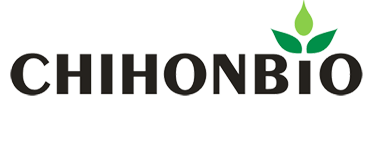


What is natamycin?
Natamycin (Pimaricin) is a polyene macrolide antibiotic produced by submerged aerobic fermentation of Streptomyces natalensis and related species,also known as Natamycine, Natamycina, Натамицин(пимарицин), Pimaricine, Pimaricina. Fermentation is conducted for several days, and the antibiotic is isolated either by broth extraction or by extraction of the mycelium.it is an antifungal which can be used as antibiotic to treat most fungus infections. Natamycin is an natural antimicrobial food additive used to protect food from mold and yeast growth. Its application is reliable and safe to human body. Natamycin has been globally used in a variety of foods and beverages, eg. Cheese , Baked food , Meat , Jam, Jelly, Marinated food, Fish, Chicken, Surface treatment for semi-dried, cured meat products , Drinks , Juice , Wines , Yogurts , man-made butter, Miscellaneous.. Natamycin is deemed to be a GRAS (Generally Recognized as Safe) substance in USA , and is assigned to be the number E-235-natural preservative in European Union.
How is natamycin used?
Natamycin is currently approved by the FDA for use on the surface of cuts and slices of cheese where the standards for such cheese provides for the use of safe and suitable mold inhibiting ingredients. Natamycin may be applied to cheese by dipping or by spraying a liquid solution that contains 200 to 300 parts per million (ppm) of the additive.
What are the health effects of natamycin?
Animal studies on rabbits, dogs, and cows indicate that natamycin has no toxic effects even at high levels of ingestion. In addition, natamycin was found to have no reproductive or mutagenic qualities. Animal studies also show that natamycin is fat and water insoluble, allowing an estimated 90% to be excreted through normal gastrointestinal functions. Natamycin is approved for use by the FDA and has been widely used in Europe for over 35 years.
What happens if natamycin is not used?
The use of natamycin on cheese allows manufacturers to produce cheese that is acceptable to the aesthetic demands of consumers (no discoloration or off flavors) by eliminating the growth of mold and yeast that occurs during aging and storage. Secondary benefits include reducing the risk of mycotoxin growth and longer shelf life.
What is the status of natamycin in the United States?
The FDA recently amended its food additive regulations to allow for the use of a dry mix of natamycin and cellulose (to prevent caking) on the surface of cuts and slices of cheese. The amendment excludes the use of the dry mix on grated or shredded cheese.
Is natamycin allowed to be used on cheeses sold by WFM?
Whole Foods Market allows the use of natamyacin as an anti-fungal in the wax used on cheese rinds. The direct spraying or dipping of natamyacin on cheeses sold at Whole Foods Market is unacceptable.
ChiHonBio is one leader manufacturer of Natamycin in the world. we produced high quality natapro and nisinpro products, and export to Europe, United States, Africa, Asia.



